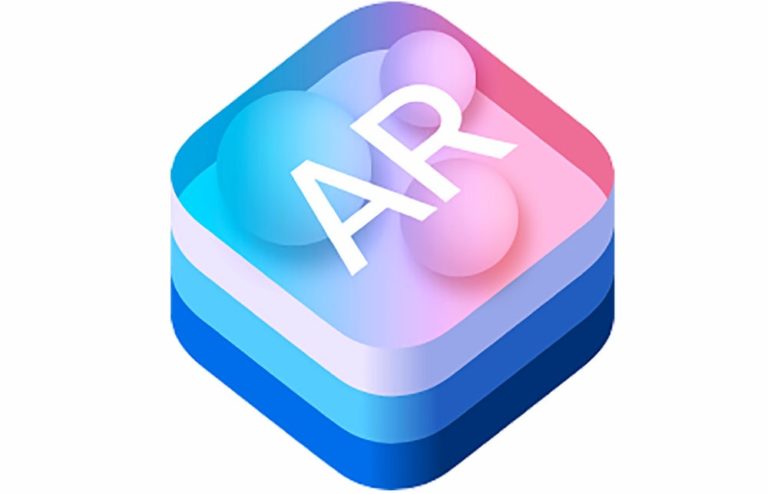
Will today’s VR game developers graduate into tomorrow’s enterprise AR developers? This is a long-term question we’ve been asking ourselves.
The question stems from the fact that AR and VR will follow typical industry lifecycles including growth, shakeout and maturity. And as these industries mature, so will their components.
For example, we could see a more tempered investing environment in VR. But these cycles could also interestingly impact the evolution of another key piece of the ecosystem: developers.
In other words, now predominantly occupying VR gaming, could top programmers in immersive computing graduate to commercial and enterprise AR like manufacturing, medicine and retail?
“The VR game developers of today could be the enterprise app developers of tomorrow,” Transformation Group Partner Shel Israel told me last week at AWE. “The skill sets of Unity developers will be highly transferable.”
The Law of Osmosis
One question that arises is why? As discussed in Israel’s book The Fourth Transformation commercial and enterprise AR will eventually eclipse things like VR gaming in market size. Could it therefore absorb top technical talent?
There’s always a sort of osmosis of programming talent to industry segments that achieve the greatest revenues. We saw this with mobile apps over the past decade, enterprise software, and today’s talent in VR gaming.
So the question of technical talent and where it goes could boil down to what industry segment will create the most value out of immersive technology. Israel’s book and our past analysis point to AR (see our interview with Israel and Robert Scoble below).
Amplifying this question is Apple’s ARkit introduction this week. Due to iOS’s reach, and the size of its developer network ARKit essentially creates the worlds largest AR development platform overnight. And that will have some gravitational pull.
Skating Lesson
As for what kind of AR, it will start with smartphones as we’ve examined. Glasses based AR will take a bit longer and exist more in the enterprise, due to a more justifiable ROI case (operational efficiencies).
Meanwhile, VR gaming is safe for a while. In fact many VR game developers are immune from these macro industry migration patterns — driven by a more powerful factor: a love of game development. Developers we’ve met bear that out.
But the question of where developer demand will trend over time is important. It impacts investors, VR/AR players, not to mention developers themselves — to optimize skills and career paths to “skate to where the puck is going.”
“There are only so many ways to zap an alien,” Israel said. “This lesson has led to the first saturation point in the nascent [VR] space. Even gamers are beginning to tell us that there are too many games that more or less work in the very same ways. This phenomenon, we believe, is incredibly well timed for the coming tsunami in business applications for such zapless–but lucrative–niches as education, retail, health, logistics, communications and non-gaming forms of entertainment.”
